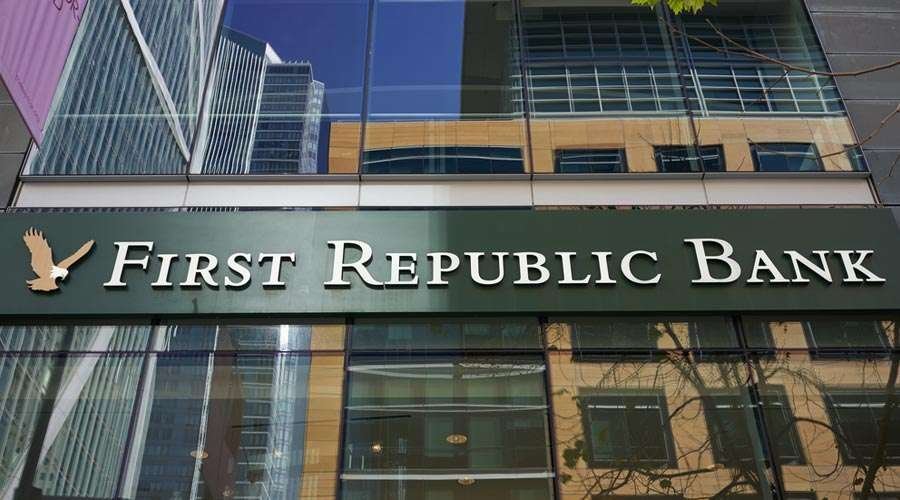Pressure Mounts on First Republic as Stock Continues Plunge – On Wednesday morning, the stock of First Republic (FRC) experienced another decline as a result of increased pressure on the San Francisco-based lender. This comes after the bank experienced a significant loss of depositors in March and renewed efforts to sell some of its underwater properties. On Tuesday, the bank’s price dropped by 49%, and it fell by over 23% on Wednesday.
Meanwhile, shares of other regional banks, such as PacWest (PACW), continued to rise, further highlighting First Republic’s difficulties. Media reports suggest that First Republic is considering various options to protect itself from being seized by US regulators. These options include creating a “bad bank,” entering into a long-term loan agreement worth $50 billion to $100 billion, and splitting up securities and mortgages to facilitate a final capital raise.
People Also Read: Tel Aviv Stock Exchange Takes Steps to Allow Crypto Trading
On Monday, the bank stated that it was pursuing “strategic options” after losing more than $100 billion in deposits during last month’s banking system turmoil. According to a source familiar with the matter, First Republic has the potential to avoid being seized by regulators, but it would require assistance from the US government. “There is an open bank path solution here, but it needs to call on the government to bring all parties together to make it happen,” the person said. First Republic declined to comment on the matter.
According to a report by CNBC, First Republic is seeking to persuade banks, including JPMorgan Chase and Bank of America, to provide some relief for the bank’s underwater losses at below-market rates. This move comes after the bank lost over $100 billion in deposits during last month’s banking system turmoil. The loss to these banks would be less than what they would have to pay the Federal Deposit Insurance Corporation (FDIC) if regulators were to seize First Republic.
However, the White House and Treasury do not appear to be pressuring banks to prepare for asset sales. This situation has put bank stress on the back burner for policymakers in Washington and created new complications for the Federal Reserve, according to Krishna Guhu of EvercoreISI. First Republic is being advised by Lazard and JPMorgan Chase, and has also hired the Messina Group to help with negotiations with the Biden administration.
Other options being considered by the bank include a long-dated loan agreement, a split of securities and mortgages, and the creation of a “bad bank”. The bank’s potential buyers would have to pay billions to absorb all of its unrealized losses, which totaled $27 billion by the fourth quarter of 2022.
People Also Read: US Inflation Remains Higher Than Expected
Policymakers must decide on how to provide liquidity to First Republic, and the Fed could provide more liquidity through a new program created in March or through its traditional discount window. The FDIC could also seize the bank, allowing officials to subsidize a quick rescue sale of its assets and liabilities to another bank, with any costs covered by other banks. In an extreme scenario, the Fed may hold off on its rate hikes due to renewed tensions over First Republic.




